Tenzing Norgay: Conqueror of Everest
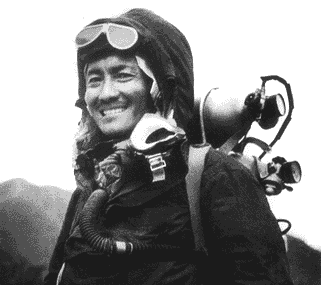
When I was in elementary school, the news circled the globe: Edmund Hillary was the first man to climb Mount Everest. Hillary was feted world wide, made headlines in all the newspapers, later was knighted by the Queen. Climbing with the ultra famous Hillary, was a man whose name did not become well-known until years later. In the reports at the time of the ascent, Tenzing Norgay Sherpa’s name was misspelled, if not completely misreported. He was never mentioned in the headlines, and usually only acknowledged as a “guide” or a “porter.”
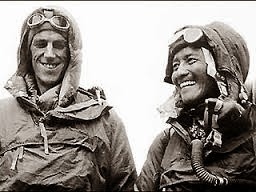
At some point during my high school years, when the subject of Everest came up, it occurred to me to ask about that porter whose name the newspapers couldn’t get straight. My youthful heart became enraged that Tenzing Norgay received so little recognition when it seemed so obvious that Sir Edmund—brave and determined though he was—would never have made it to the top alone. Tenzing was essential to the success of the expedition. After I learned about him, I made it a sanctimonious point to remind anyone who spoke of Hillary that Sir Edmund did not travel solo. I am sure my listeners though me obnoxious.
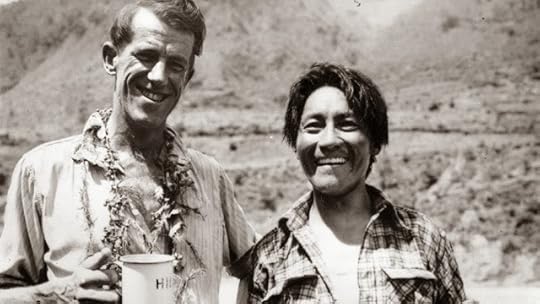
Last week, when sixteen of Norgay’s brother Sherpa mountaineers died in an avalanche, all that rage against injustice came back and inspired me to write this remembrance of a man who eventually received recognition, but never the flood of adulation that was heaped on the white man who was his partner in that great adventure.
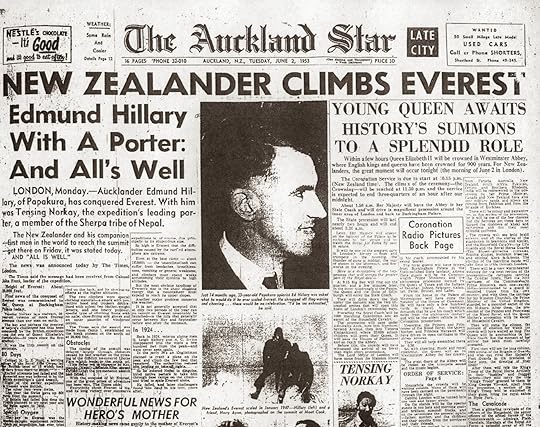
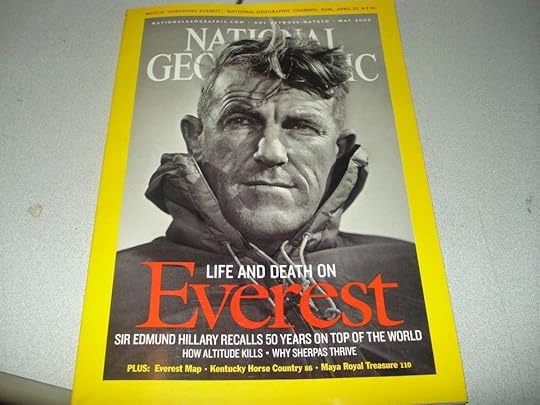
On the 29th of May 1953, Edmund Hillary, a New Zealand adventurer and Tenzing Norgay, a Nepalese Sherpa mountaineer, together reached the summit of the tallest mountain on earth. Neither one of them ever revealed which of the two actually put the first boot on the peak. Hillary got most of the credit. But we can’t blame him for hogging the limelight. He honored Tenzing and cited his enormous contribution. Hillary had very good reason to do so, as you will soon learn. The western world at large, however, looked upon the triumph over Everest as the accomplishment of man of Northern European descent. Hillary was their hero. They pictured his shorter, browner fellow traveler as not much more than a servant.
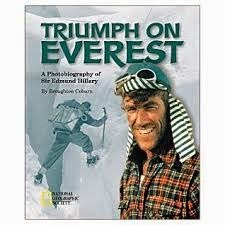
Let’s focus on that “porter” for a few minutes.
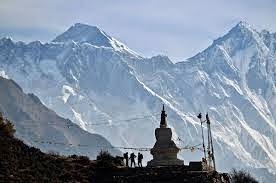
Tenzing Norgay was a Nepalese Sherpa born and brought up in the northeastern town of Tengboche, Khumbu. His actually birthdate went unrecorded, but he knew he was born in the Tibetan Calendar’s Year of the Rabbit, which would have been 1914. He also knew he was born in late May—so he took the date of May 29th—the day he and Hillary reached the summit—as his birthday. He was the 11thof 13 children and one of few to survive.
His first opportunity to attempt Everest came in 1935. Chosen for his attractive smile, he joined an expedition led by an Englishman, Eric Shipton. During the 1930’s, he went up the mountain’s northern, Tibetan face with three ensuing British teams. None succeeded.
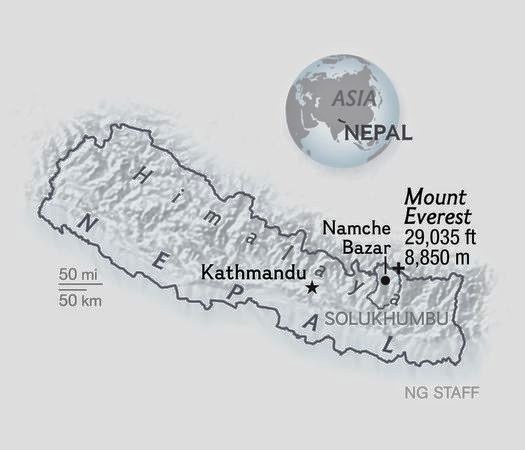
During World War II, Tenzing worked in India as a batman for a Major Chapman. There, his wife died and he eventually returned to Darjeeling with his two little daughters, escaping during the 1947 Indian partition by donning one of the Major’s old uniforms and crossing the continent by train without a ticket.
Once back in the mountains, he joined another unsuccessful attempt with a Canadian and another Sherpa. A strong storm stopped them at 22,000 feet (6700 meters). Tenzing continued to hone his mountaineering skills, with many achievements, including a daring rescue of a fellow member of a Swiss expedition and the first successful ascent of the Kedarnath peak in the western Himalayas.
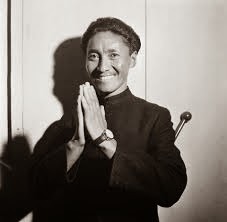
In 1952, on another Swiss attempt, he and another climber reached 28,200 (8600 meters) on the south face of Everest.
Early the following year, he met Edmund Hillary on an expedition led by John Hunt. Hillary nearly fell into a crevasse, but the quick-thinking Tenzing saved him by securing the rope to his ice ax. After that Tenzing became Hillary’s partner of choice.
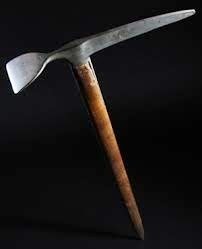
On the 28th of May, Hunt directed Hillary and Norgay to try for the summit. They made it up to 27,900 feet that day, spent the night in a tent, and went for the top the next morning. Carrying 30 pounds of gear on their backs, wedging themselves up between the rock wall and the ice, their final step was to go straight up for 40 feet. At 11:30 AM, they reached the peak of the highest place on earth: 29,028 feet (8848 meters).
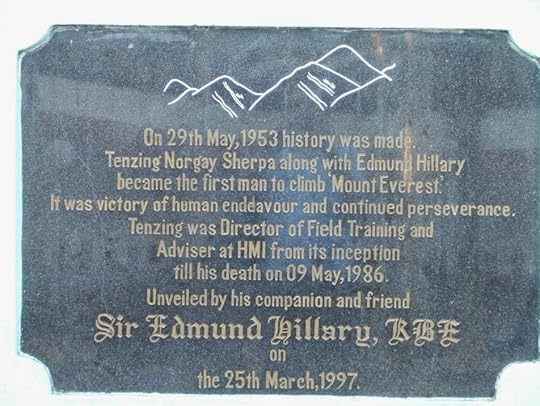
Afterwards, while Tenzing was greeted with adulation in India and Nepal, the West’s honors went largely to Hillary. He and also Hunt, who didn’t even make it to the top, were knighted by the Queen. Tenzing Norgay had to settle for the George Medal.
He went on to become the first Director of Field Training at the Himalayan Mountaineering Institute.
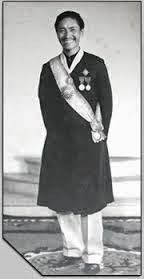
Eventually Tenzing Norgay’s name even made a few appearances in popular culture: a mention in a song in Mel Brooks’ The Producers is one of a couple of instances. If you have not known it before, I ask you to remember it now.
Just yesterday morning, National Geographic published an article about Sherpa mountaineers, called “The Invisible Men of Everest. You can find it here:
http://news.nationalgeographic.com/news/special-features/2014/04/140426-sherpa-culture-everest-disaster/
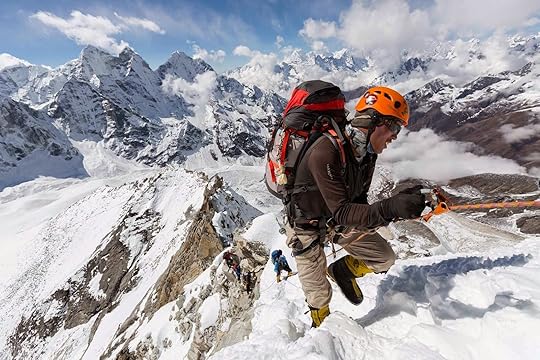
The magazine must have been working on that piece long before last week’s tragedy, when the sixteen Sherpas died en masse and brought attention to their work, their courage, and their plight.
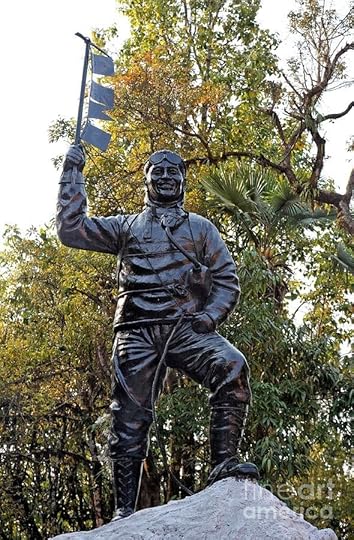
Annamaria - Monday

Published on April 27, 2014 21:01
No comments have been added yet.
Leighton Gage's Blog
- Leighton Gage's profile
- 86 followers
Leighton Gage isn't a Goodreads Author
(yet),
but they
do have a blog,
so here are some recent posts imported from
their feed.



